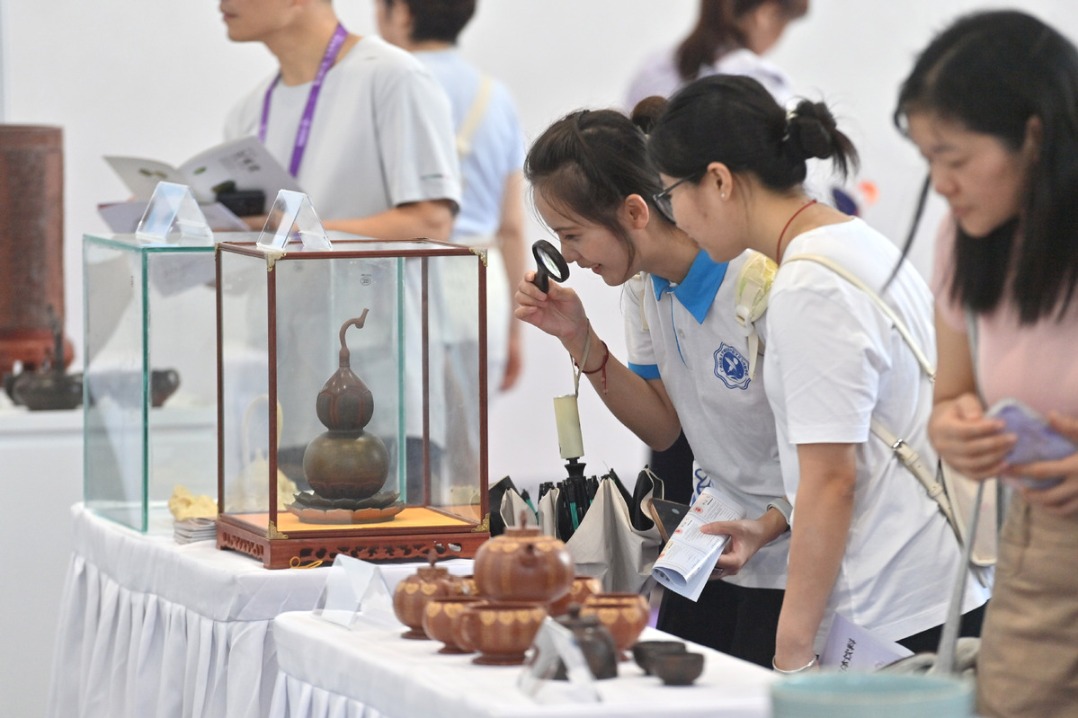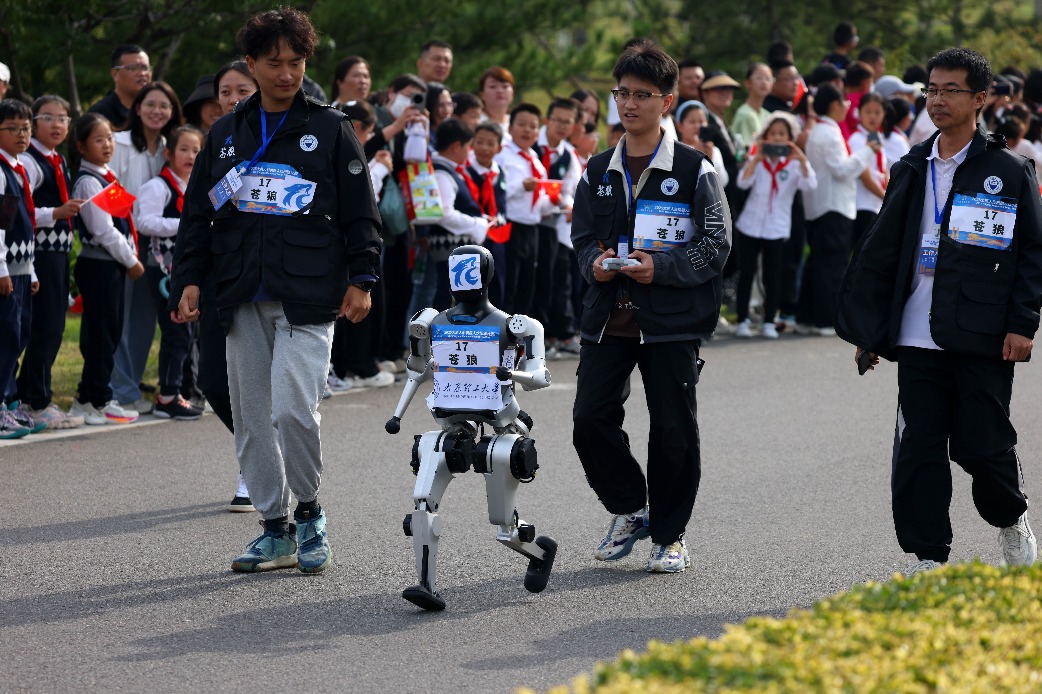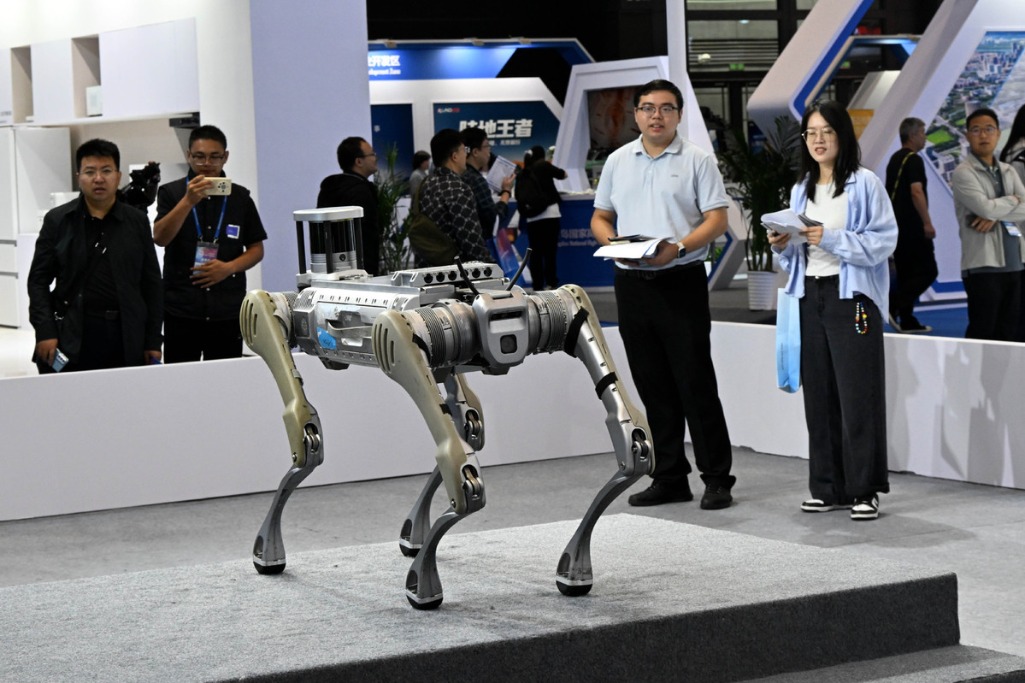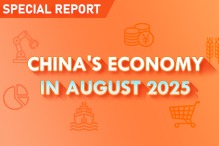Efforts for 'health of economy' key to China's recovery


Targeted policies, support for SMEs help nation achieve growth amid headwinds
China's economic data for the first half of this year came out strong in July.
Figures from the National Bureau of Statistics in July show that the country's value-added industrial output rose 15.9 percent year-on-year in the first half, while consumption totaled $3.28 trillion in the same period.
Meanwhile, the official purchasing managers index, a key indicator of the manufacturing sector's health, came in at 50.4 in July, all sending good signs the country is on a gradual yet strong track of recovery since it was hit by the COVID-19 pandemic.
Many economists at home and abroad see this as a tremendous achievement. Particularly cheerful are smaller, micro-sized businesses who were once the most vulnerable group during the outbreak, but have robustly recovered this year. Some of those were on lifelines when the pandemic was severe and business activities basically ground to a halt.
Worldwide, government and academics have long been bickering about the policy response toward the pandemic. There has not been much of a conclusion yet. COVID-19's economic impact is new to many, and policy turned out to be very different in countries in light of their actual conditions.
Looking back, China's approach was reckoned as prudent, yet was proved to be targeted and effective. Even in the first quarter of last year, when the pandemic's impact was most pronounced, the government did not resort to heavy stimulus measures.
Instead, it acted by giving specific liquidity support to businesses and households in a well-calibrated manner. This includes allowing loan deferrals for smaller businesses, targeted tax and fee exemptions and a new mechanism that helps to directly allocate newly added fiscal funds to primary-level governments.
"Many policy tools used by major economies to battle against the pandemic are similar, that is, to inject liquidity into the market and keep businesses afloat. But the steps that China took supported businesses and made sure not to damage the health of the economy," said He Zhiguo, a finance professor at the University of Chicago Booth School of Business, who started to track China's policy and draw international comparisons since early 2020.
More support and jobs
In May 2020, He started to notice the uniqueness of China's policy response toward the hit.
Before the pandemic, He's research focus had been mainly on China's capital markets and its financial reforms. Served as the Fuji Bank and Heller Professor of Finance and Jeuck Faculty Fellow at Chicago Booth, He said he seldom paid very close and in-depth attention to China's macro policy stance and relative evaluations. This time, it was the uniqueness of China's policy response that caught his attention.
Coworking with Liu Bibo, a professor of finance at PBC School of Finance, Tsinghua University in Beijing, they published an article that gave an in-depth analysis on China's policy response, entitled "Dealing with a Liquidity Crisis: Economic and Financial Policies in China during the Coronavirus Outbreak".
In the essay, the two professors gave a detailed look at China's targeted policies, which mainly include extending loan terms and rearranged rollover debts for enterprises, tax and fee exemptions, and special loans for micro, small and medium-sized enterprises.
He said that one thing that policymakers across countries were bickering over was whether society will soon recover from the pandemic, or if the COVID-19 situation will remain in people's lives for a very long time. This prognosis is important because it impacts the country's employment and liquidity policies, that is, to keep payrolls stable with a minimum wage if the pandemic impact will be time-limited, or to cut payrolls for now and later hire workers back when the COVID-19 situation ends.
He and Liu noticed that China resorted to the first approach, with targeted liquidity channeled to specific businesses and sectors.
The State Council, China's Cabinet, announced in March 2020 a raft of policies supporting employment, particularly for vulnerable sectors, including more value-added tax relief, providing low-cost lending to smaller businesses, and lowering or waiving employers' contributions to old-age pensions, unemployment and workplace safety insurance schemes, exemptions for utility bills and rents and wage subsidies to help businesses keep payrolls stable.
Robin Xing, chief China economist at Morgan Stanley, hailed the support for the country's smaller business communities.
"While small and micro firms roughly account for 60 percent of China's GDP and 80 percent of employment, they continue to face structural constraints in obtaining financing, particularly during the heights of the pandemic when creditors tend to be more risk-averse. Targeted measures, especially those that directly address cash flow constraints for SMEs, can therefore be more impactful in sustaining growth momentum and stability in the labor market," he said.
"A more targeted approach can also limit risks of a rapid buildup in financial instability, compared to a scenario where policy easing is aggressive and indiscriminate," he noted.




































